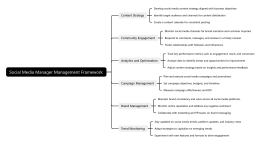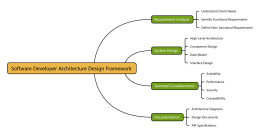
Lawyer,s Representation Framework
0 Report
This comprehensive framework outlines the essential steps for effective legal representation. It begins with client consultation, where lawyers meet with clients to understand their legal issues, provide expert legal advice, and explain their rights, responsibilities, and potential outcomes. The next phase, case preparation, involves conducting thorough legal research and analysis, gathering necessary evidence and documentation, and drafting essential legal documents such as pleadings, motions, and contracts. The framework also covers negotiation and advocacy, highlighting the importance of communicating with opposing parties, negotiating settlements, presenting arguments in court, and cross-examining witnesses. Finally, it addresses representation and follow-up, emphasizing the need to represent clients in legal proceedings, monitor case developments, update clients, and handle appeals or post-judgment matters if necessary. Adopting this structured approach can significantly enhance the effectiveness and efficiency of legal representation.
Related Recommendations
Other works by the author
Outline/Content
See more
Client Consultation
Meet with client to understand legal issues and objectives
Provide legal advice and counsel based on expertise
Explain rights, responsibilities, and potential outcomes
Case Preparation
Conduct legal research and analysis
Gather evidence and documentation
Draft legal documents (e.g., pleadings, motions, contracts)
Negotiation and Advocacy
Communicate with opposing parties and negotiate settlements
Present arguments and advocate for client's interests in court
Cross-examine witnesses and present evidence
Representation and Follow-up
Represent client in legal proceedings and hearings
Monitor case developments and update client accordingly
Handle appeals or post-judgment matters if necessary
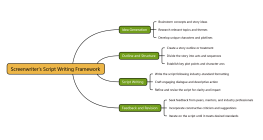
Collect
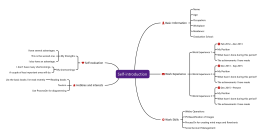
Collect

Collect
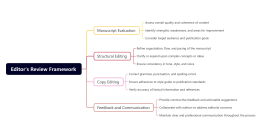
Collect

Collect
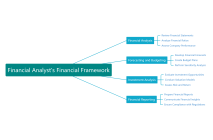
Collect

0 Comments
Next Page
